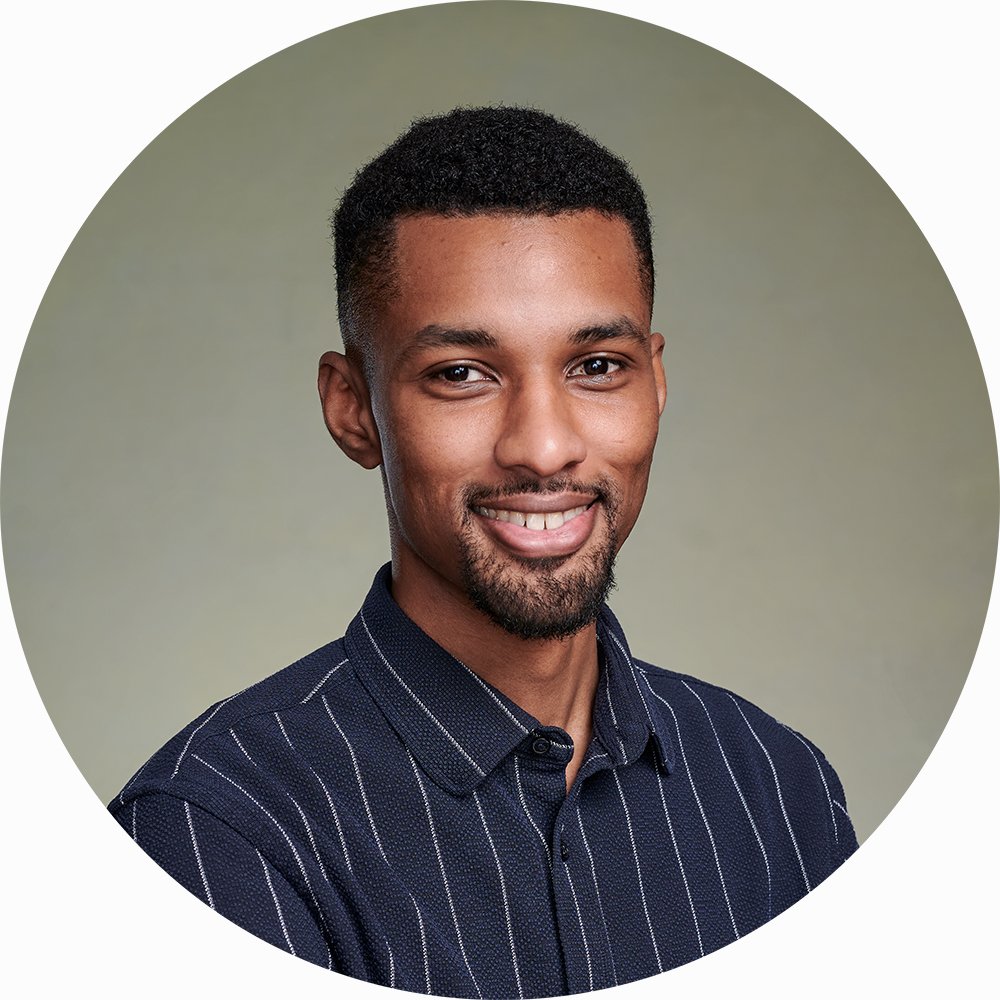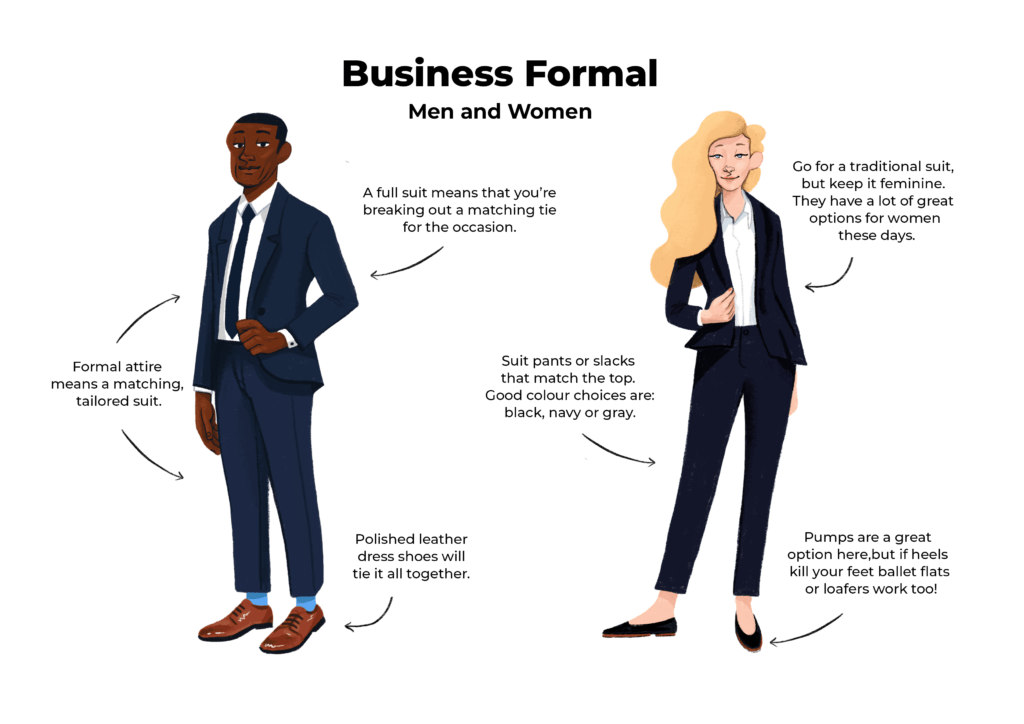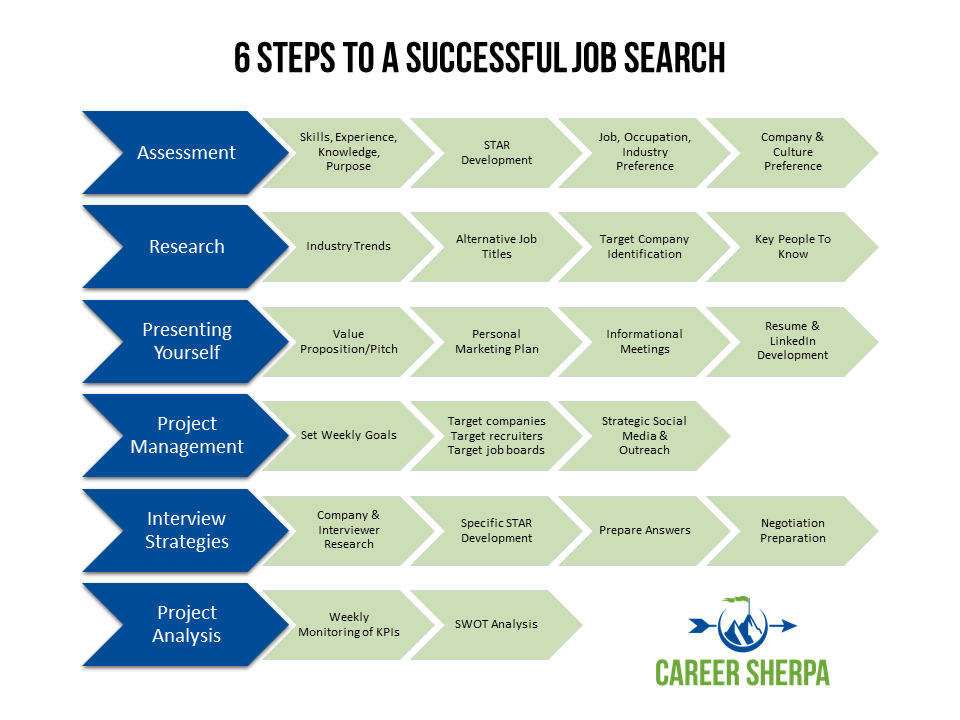Crack the Interview
The Ultimate Guide for Freshers & Less-Experienced Candidates
🎯 Land Your Dream Job
💼 Master Interview Skills
🚀 Build Your Career Foundation
✨ Stand Out from the Competition
A comprehensive guide with visual examples, real-world tips, and proven strategies
Table of Contents
Introduction
Congratulations on taking the first step toward landing your dream job! As a fresher or someone with limited work experience, stepping into the interview room can feel daunting. This comprehensive guide has been crafted specifically for you—to demystify the interview process, equip you with strategies tailored to freshers, and help you present your best self even if you lack extensive professional experience.
What You'll Learn
- Understand how companies evaluate entry-level candidates
- Build a compelling resume and cover letter with visual examples
- Master job search strategies and application processes
- Tackle common interview questions with confidence
- Demonstrate soft skills and professionalism
- Practice effectively through mock sessions
- Follow up gracefully after every interview
Whether you're applying for your very first job, an internship, or a traineeship, these insights will help you stand out and make a lasting impression. Read on to transform your uncertainties into action steps, and start your career journey on a high note.
Chapter 1: Understanding the Interview Landscape
1.1 Types of Interviews
Screening Call / Telephonic Interview
- • Typically 10–15 minutes
- • HR verifies basic eligibility
- • Focus on academics, skills, availability
Video/Virtual Interview
- • Most common for remote positions
- • Technical setup crucial
- • Professional appearance matters
Panel Interview
- • Multiple interviewers present
- • Different perspectives evaluated
- • Common in large organizations
Assessment Center
- • Aptitude and personality tests
- • Group discussions
- • Case study presentations
1.2 Typical Selection Process
Application
Screening
Assessment
Interview
Offer
1.3 What Recruiters Look For in Freshers
Learning Ability
Curiosity, adaptability, and willingness to acquire new skills quickly
Communication
Clear articulation, active listening, and confidence in expression
Cultural Fit
Positive attitude, teamwork, reliability, and alignment with company values
Chapter 2: Pre-Interview Essentials
2.1 Crafting a Resume That Stands Out
Key Resume Principles for Freshers
- • Keep it to ONE page maximum
- • Use clean, professional fonts (Arial, Calibri, Verdana)
- • Include distinct sections with consistent formatting
- • Tailor content to each job application
- • Quantify achievements wherever possible
Professional Resume Examples
Study these clean, modern resume layouts:


Resume Structure
Contact Information
Name, professional email, phone, LinkedIn, portfolio
Professional Summary
2-3 lines highlighting your value proposition
Education
Most recent first, include relevant coursework
Projects & Experience
Academic projects, internships, volunteer work
Skills & Achievements
Technical skills, certifications, awards
Sample Professional Summary for Freshers:
"Highly motivated Computer Science graduate with strong foundation in programming and data analysis. Completed 3 academic projects including web development and mobile app creation. Seeking to leverage technical skills and passion for innovation in an entry-level software developer role."
2.2 Professional LinkedIn Profile & Photos
Professional Headshot Examples
Your profile photo is your first impression:


Photo Guidelines
✅ DO:
- • Use a high-quality, recent photo
- • Maintain professional attire
- • Smile genuinely and make eye contact
- • Use good lighting and plain background
- • Ensure your face takes up 60% of the frame
❌ DON'T:
- • Use casual or party photos
- • Include other people in the frame
- • Use heavily filtered or edited images
- • Wear sunglasses or hats
- • Use low-resolution or blurry photos
2.3 Professional Appearance Guide

For Men
- • Formal: Suit with dress shirt and tie
- • Business Casual: Dress shirt with slacks
- • Colors: Navy, charcoal, black, white, light blue
- • Accessories: Leather belt, dress shoes, watch
- • Grooming: Clean shave or well-trimmed beard
For Women
- • Formal: Suit, blouse with skirt/pants
- • Business Casual: Blouse with dress pants
- • Colors: Navy, black, gray, white, pastels
- • Accessories: Minimal jewelry, professional bag
- • Makeup: Natural, professional look
Chapter 4: Job Search & Application Strategy
4.1 Strategic Job Search Process

1. Define Your Goals
- • Identify target roles
- • Research salary ranges
- • Set application targets
- • Define preferences
2. Build Your Network
- • Connect with alumni
- • Join industry groups
- • Attend virtual events
- • Engage on LinkedIn
3. Apply Strategically
- • Quality over quantity
- • Customize applications
- • Track your progress
- • Follow up appropriately
4.2 Where to Find Job Opportunities
Online Job Portals
LinkedIn Jobs
Professional network with quality listings
Indeed
Largest job search engine
Campus Placement
University placement cells
Alternative Channels
Networking Events
Industry meetups and conferences
Company Websites
Direct applications to target companies
Referrals
Employee referral programs
4.3 Application Tracking & Organization
Track Your Applications
Essential Information to Track:
- • Company name and position
- • Application date
- • Application source
- • Contact person details
- • Interview dates and feedback
- • Follow-up dates
- • Application status
Recommended Tools
📊 Spreadsheet
Google Sheets or Excel for detailed tracking
📱 Apps
JibberJobber, Huntr, or JobHero
📋 CRM Tools
Notion or Airtable for comprehensive tracking
4.4 Application Best Practices
DO's
- • Customize your resume for each application
- • Write compelling, specific cover letters
- • Research the company thoroughly
- • Apply within 24-48 hours of posting
- • Follow application instructions exactly
- • Proofread everything multiple times
- • Save job descriptions for reference
DON'Ts
- • Send generic, mass applications
- • Apply to jobs you're not qualified for
- • Ignore company culture fit
- • Apply to too many positions at once
- • Forget to follow up appropriately
- • Use unprofessional email addresses
- • Submit incomplete applications
Chapter 3: Mastering Common Interview Questions
3.1 "Tell Me About Yourself"
The Perfect Structure: Present-Past-Future
Present
Current status & role
Past
Relevant experience
Future
Career goals & fit
Sample Answer Framework:
Present: "I'm a recent Computer Science graduate from XYZ University with a strong foundation in programming and software development."
Past: "During my studies, I completed three major projects including a web application that won our college's innovation award, and interned at ABC Tech where I contributed to mobile app development."
Future: "I'm excited about this opportunity because it aligns with my passion for creating user-friendly applications and my goal to grow as a full-stack developer in a collaborative environment."
3.2 Strengths & Weaknesses
Discussing Strengths
- ✓ Choose job-relevant strengths
- ✓ Provide specific examples
- ✓ Show measurable impact
- ✓ Connect to the role
Example: "My strength is problem-solving. In my final year project, I debugged a complex algorithm that was causing performance issues, reducing processing time by 40%."
Addressing Weaknesses
- ✓ Be genuine and honest
- ✓ Show self-awareness
- ✓ Discuss improvement efforts
- ✓ Avoid deal-breakers
Example: "I used to struggle with public speaking, but I joined a presentation club and now regularly volunteer to present project updates to stakeholders."
3.3 Behavioral Questions (STAR Method)
Situation
Set the context
Task
Describe the challenge
Action
Explain what you did
Result
Share the outcome
Common Behavioral Questions:
- • Tell me about a time you worked in a team
- • Describe a challenging situation you faced
- • Give an example of when you showed leadership
- • Tell me about a time you failed
- • Describe a time you went above and beyond
- • Tell me about a conflict you resolved
- • Give an example of when you learned something new
- • Describe a time you met a tight deadline
3.4 Questions to Ask the Interviewer
About the Role
- • "What does a typical day look like in this position?"
- • "What are the biggest challenges facing the team?"
- • "How do you measure success in this role?"
- • "What opportunities are there for growth?"
About the Company
- • "What do you enjoy most about working here?"
- • "How would you describe the company culture?"
- • "What are the company's future goals?"
- • "What development opportunities are available?"
Chapter 5: Soft Skills & Body Language
5.1 Communication Excellence
Verbal Communication
- • Clarity: Speak clearly and at moderate pace
- • Conciseness: Be brief but comprehensive
- • Confidence: Use assertive language
- • Courtesy: Be polite and respectful
- • Consistency: Maintain professional tone
Non-Verbal Communication
- • Eye Contact: Maintain natural eye contact
- • Posture: Sit/stand straight and confident
- • Gestures: Use appropriate hand movements
- • Facial Expression: Show genuine interest
- • Personal Space: Respect boundaries
5.2 Building Rapport & Connection
Show Genuine Interest
Ask thoughtful questions and actively listen to responses
Mirror & Match
Subtly match the interviewer's energy and communication style
Find Common Ground
Connect over shared experiences, interests, or backgrounds
5.3 Body Language Guide
| Aspect | ✅ DO | ❌ DON'T |
|---|---|---|
| Posture | Sit straight, lean slightly forward | Slouch, lean back excessively |
| Hands | Use natural gestures, keep visible | Fidget, hide in pockets, cross arms |
| Eye Contact | Maintain 50-70% of the time | Stare intensely or avoid completely |
| Facial Expression | Show genuine interest, smile appropriately | Blank expression, forced smile |
| Voice | Steady pace, clear articulation | Too fast/slow, mumbling, monotone |
Chapter 6: Mock Interviews & Effective Practice
6.1 Why Mock Interviews Matter
Mental Benefits
- • Reduces interview anxiety
- • Builds confidence
- • Improves quick thinking
- • Develops composure under pressure
Skill Development
- • Refines communication skills
- • Improves body language
- • Enhances storytelling ability
- • Strengthens technical responses
Self-Discovery
- • Identify knowledge gaps
- • Recognize weak areas
- • Understand your pace
- • Discover natural strengths
Performance Tracking
- • Measure improvement over time
- • Set specific goals
- • Track progress metrics
- • Build success momentum
6.2 Finding Practice Partners
Peers & Classmates
- • Study group members
- • Classmates in similar fields
- • Friends preparing for interviews
- • Online student communities
Mentors & Seniors
- • Alumni networks
- • Senior students
- • Industry professionals
- • Career counselors
Online Resources
- • Pramp (free mock interviews)
- • InterviewBuddy
- • LinkedIn networking
- • Discord/Slack communities
6.3 Structuring Effective Mock Sessions
Pre-Session (10 mins)
- • Set specific goals
- • Choose question types
- • Establish feedback criteria
- • Prepare recording setup
Warm-up (5 mins)
- • Small talk simulation
- • Settle nerves
- • Check technical setup
- • Review role context
Core Interview (25 mins)
- • 3-4 behavioral questions
- • 2-3 technical questions
- • Role-specific scenarios
- • Questions for interviewer
Feedback (15 mins)
- • Structured feedback
- • Specific examples
- • Improvement suggestions
- • Action items
Chapter 7: Post-Interview Etiquette
7.1 The Perfect Thank-You Email
Essential Elements
- • Timing: Within 24 hours
- • Subject: Clear and professional
- • Personalization: Reference specific discussion points
- • Gratitude: Express sincere appreciation
- • Reiteration: Confirm interest and fit
- • Availability: Offer additional information
Email Template
Subject: Thank you for your time - [Your Name]
Dear [Interviewer's Name],
Thank you for taking the time to discuss the [Position] role with me today. I enjoyed learning about [specific project/challenge mentioned].
Our conversation reinforced my enthusiasm for this opportunity, particularly [specific aspect that excites you].
Please let me know if you need any additional information. I look forward to hearing from you.
Best regards,
[Your Name]
7.2 Following Up Without Being Pushy
Follow-up Timeline
24 Hours
Thank-you email
1 Week
Gentle follow-up
2 Weeks
Final follow-up
Effective Follow-up
- • Be patient and respectful
- • Reference previous conversations
- • Provide additional value if possible
- • Keep messages brief and professional
- • Express continued interest
Avoid These Mistakes
- • Calling or emailing daily
- • Showing impatience or frustration
- • Demanding immediate responses
- • Sending generic follow-ups
- • Contacting multiple people simultaneously
7.3 Handling Offers & Rejections
Receiving Job Offers
Express Gratitude
Thank them for the opportunity and express excitement
Request Time
Ask for 24-48 hours to consider if needed
Evaluate Thoroughly
Consider salary, benefits, growth, culture, location
Facing Rejections
Stay Professional
Respond graciously and maintain relationships
Seek Feedback
Politely ask for constructive feedback
Learn & Improve
Use feedback to strengthen future applications
Chapter 8: Bonus Resources & Templates
8.1 Interview Day Checklist
Night Before
- ☐ Print extra copies of resume
- ☐ Charge devices (phone, laptop)
- ☐ Check directions/test video link
- ☐ Plan professional outfit
- ☐ Get 7-8 hours of sleep
- ☐ Review company research
Morning Of
- ☐ Eat balanced breakfast
- ☐ Review key talking points
- ☐ Practice elevator pitch
- ☐ Leave 30 minutes early
- ☐ Bring backup documents
- ☐ Prepare questions to ask
30 Minutes Before
- ☐ Arrive at location/join call
- ☐ Turn off phone notifications
- ☐ Take deep breaths
- ☐ Review interviewer names
- ☐ Check appearance once more
- ☐ Positive self-talk
8.2 STAR Method Cheat Sheet
Situation
Set the scene with context
- • Who was involved?
- • What was happening?
- • When did it occur?
- • Where did it take place?
Task
Describe your responsibility
- • What was your role?
- • What was the challenge?
- • What was expected?
- • What was at stake?
Action
Explain what you did
- • Specific steps taken
- • Skills you used
- • How you approached it
- • What made it unique
Result
Share the outcome
- • What was achieved?
- • How was it measured?
- • What did you learn?
- • What impact did it have?
8.3 Common Terms Glossary
ATS
Applicant Tracking System - Software that filters resumes
Cultural Fit
How well your values align with company culture
Behavioral Interview
Questions about past experiences and actions
Panel Interview
Multiple interviewers questioning you simultaneously
Soft Skills
Personal attributes like communication and teamwork
Hard Skills
Technical abilities and specific knowledge
Elevator Pitch
30-60 second summary of who you are professionally
Follow-up
Contact after interview to maintain engagement
Conclusion & Next Steps
Congratulations! You've now equipped yourself with a comprehensive toolkit for interview success. From crafting compelling resumes to mastering the art of storytelling, from understanding body language to following up professionally—you have everything you need to make a strong impression.
What You've Accomplished
- ✓ Mastered the interview process landscape
- ✓ Created professional application materials
- ✓ Developed strategic job search skills
- ✓ Prepared for common interview scenarios
- ✓ Enhanced communication and soft skills
- ✓ Built practice and feedback systems
Your Action Plan
- 1. Customize templates for your applications
- 2. Set up job search tracking system
- 3. Schedule regular mock interview sessions
- 4. Build and expand your professional network
- 5. Apply consistently and follow up appropriately
- 6. Continuously improve based on feedback
Remember: Every Expert Was Once a Beginner
Landing your first job often requires persistence. Each interview is a learning opportunity. Use rejections to strengthen your skills, refine your approach, and polish your presentation.
About Maximum Learning
This comprehensive guide is brought to you by Maximum Learning, a leading digital marketing and skill-development platform based in Noida. We specialize in equipping freshers and professionals with the tools they need to succeed in their careers.
Our Mission
Empowering individuals with practical skills, comprehensive resources, and mentorship programs to achieve their career goals and professional growth.
Connect With Us
www.maximumlearning.io
support@maximumlearning.io
linkedin.com/company/maximumlearning
If you found this eBook helpful, please share it with your peers and consider subscribing to our newsletter for more free resources, workshops, and mentorship programs.
We wish you every success in your job search and career growth! 🎉
